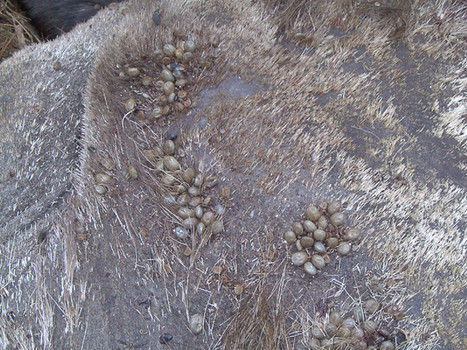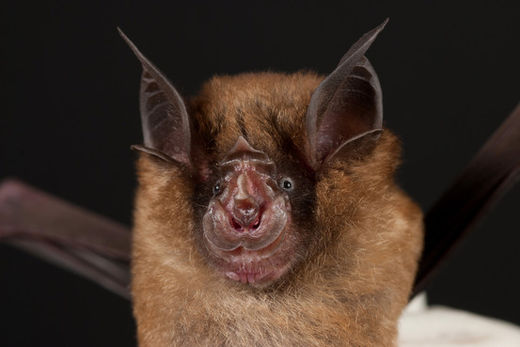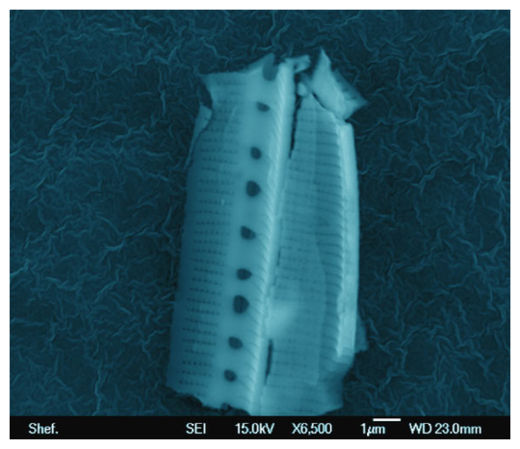
© Wikimedia Commons
, this is a term that is not going away anytime soon as moose are disappearing at an alarming rate across North America. This moose-die off is seen in several northern states where
ticks are prevalent and according to the
N.Y. Times on Oct. 14, moose have been found with over 100,000 ticks on them.
According to the
Northern Wild website, moose are testing positive for
Lyme disease.While climate change is considered a variable in the moose-die off, it is also a factor in the amount of ticks you will find during any given year. Ticks thrive when the weather is warmer.
The winter tick is one of several types of ticks found on animals in the wild, and according to the website,
Moose in Minnesota, this state is one of the states seeing the moose die-off, the moose population are visibly suffering from the ticks.
This is seen with moose that are missing massive spots of fur, as they have tried to remove the ticks from their bodies by rubbing up against trees. While a few ticks sucking the blood of a moose doesn't lead to much blood loss, but a hundred thousand ticks sucking blood can leave the moose with substantial blood loss.
The winter tick, found on moose, take their final blood meal in the spring, a time when the moose are at their weakest from a winter of very little food. According to
Lymedisease.org, a moose calf can lose their entire blood supply from ticks, killing them.
Lymedisease.org reports researchers blaming climate change for the population explosion in ticks. This is because ticks live longer when it is warmer and "reproduce in greater numbers if there's less snow on the ground by spring."



Comment: Diseases usually flourish in conditions of overcrowding and poor nutrition. Coincidentally (or not), a measles fear-mongering campaign is also underway in the UK.